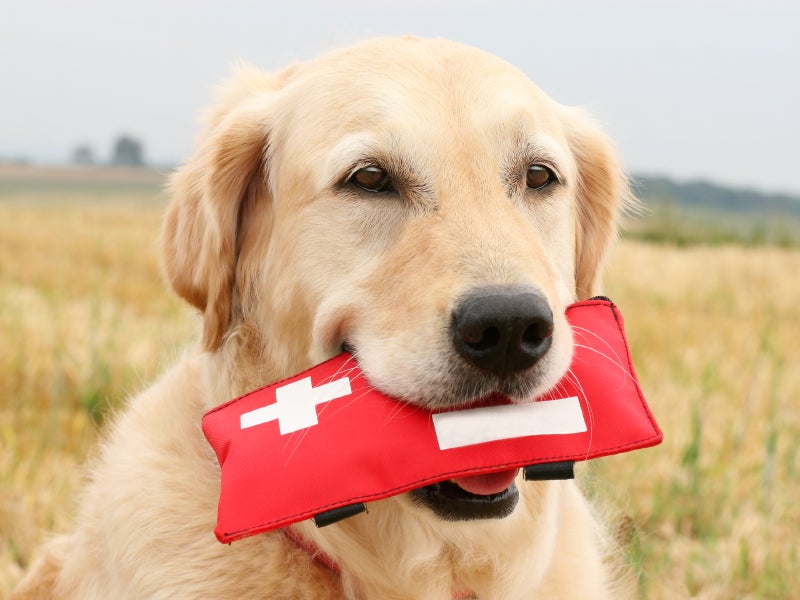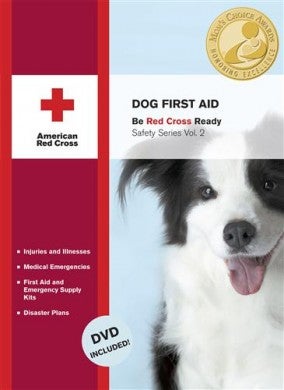Resources for Animal First Aid
Ashley 06.24.14

In the event of a SHTF situation, those of us with pets need to be prepared to safely treat and transport them. Many pet owners will agree with me when I say that pets are an important part of a family and should never be left behind when there are steps you can take to train them to respond quickly to emergencies. In the past, we’ve covered gear and resources you can use to acclimate your dog or cat to long walks, car drives, or bug-out situations. This is training you can do easily with your furry friend, especially if you integrate it into your day-to-day life, so that if the time comes, they’re emotionally and physically ready.
But there’s only so much our pets can do on their side. As owners, it’s up to us to know how to best treat our pets in the event that access to a veterinarian or medication isn’t an option. Knowing animal first aid is an excellent skill to know for everyday preparedness, not just the worst-case scenario. How would you feel if, as a self-proclaimed prepper, you weren’t able to help your pet when they needed it? I believe the same care should be applied to pets as much as possible.
I’m a cat owner myself, but the same philosophy applies to those who have dogs as well as smaller pets like rabbits, guinea pigs, hamsters, or reptiles (ask a local vet for first aid info for these animals). I recently found this informative article by CatChannel that lays out some good tips, including:

2. Make sure you have a [pet] First Aid Kit at home. Kits can be purchased (the ASPCA sells them) or made (The Red Cross provides a list of items for inclusion).
3. Ask your pet sitter if he or she is certified in Pet First Aid and carries a First Aid kit (if you don’t have one in your home).
4. Learn basic pet CPR and get the “Cat First Aid Manual” by The Red Cross as a reference guide, should an emergency arise.”
It’s worth investing in the pet first aid guides available through the Red Cross. First aid kits can be assembled yourself, as there are pros and cons to ready-made kits. But for those new to animal first aid, a ready-made kit isn’t a bad place to start and is a good option to keep in your car. This article by the Humane Society outlines the essentials you should keep in your pet kit, and this compilation from the American Veterinary Medicine Association outlines different first aid for different situations. It’s also worth taking a class, often free, offered through ASPCA or your local shelter.
Do you know first aid for your pets?